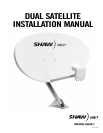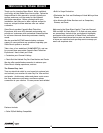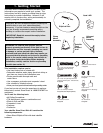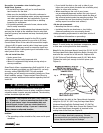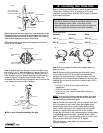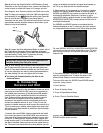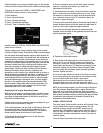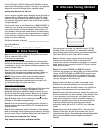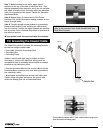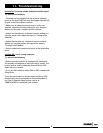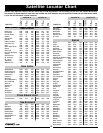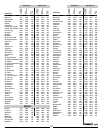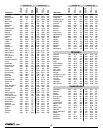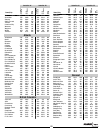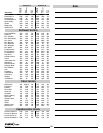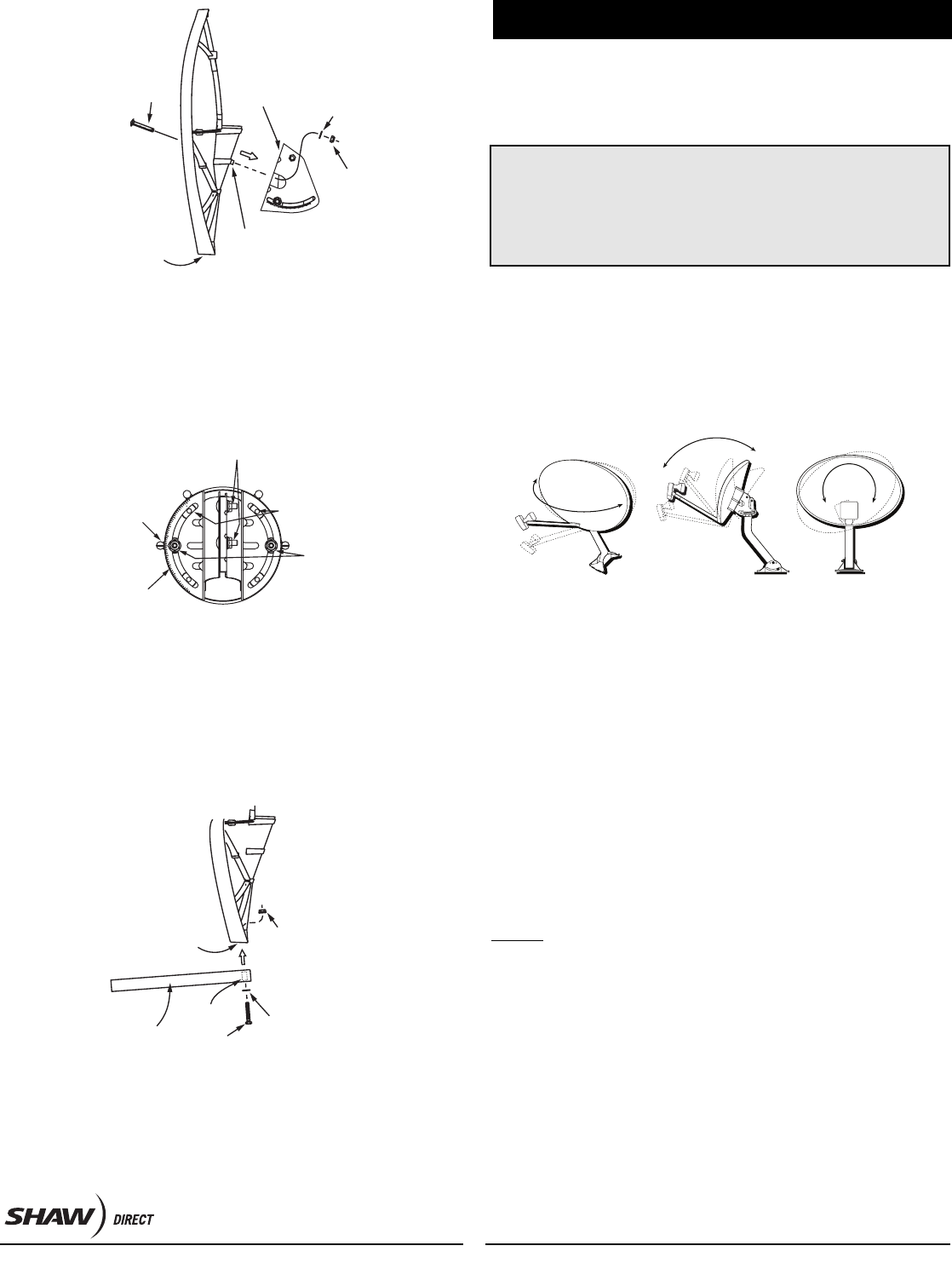
Before tightening the bolts, adjust the skew alignment to the
90 degree mark on the Clamp Mount Assembly (see Figure C).
Tighten the bolts just enough to hold in place. You’ll have to
make further adjustments to this setting later.
TIP: Initially setting the skew to 90 degrees will make it
easier to aim the dish.
Step 5: Attach the Feed Support Arm to the dish using
the (1) 1/4" X 1-1/2" Hex Head Bolt (1), Spacer Sleeve, (1)
1/4" Flat Washer and (1) 1/4" Whiz Nut, making sure the
Feed Support Arm and Spacer Sleeve are positioned as
shown in Figure D. Position the 2 plastic cable clips
packaged with the LNB around support arm to secure the
coax cable(s) from the LNB to receiver.
You’ve just finished assembling the dish.
4. Locating the Satellite
Step 1: Determine the direction in which to point the dish.
The primary satellite SAT A is located at 107.3 west
longitude; the secondary satellite (SAT B) will be located
at 111.1 west longitude.
Write them here:
Azimuth Elevation Skew
SAT A:__________ SAT A:__________ SAT A:________
SAT B:__________ SAT B:__________ SAT B:________
Step 2: Use a compass to determine roughly where to
point your dish.
Step 3: Choose a dish installation location with a clear
line of sight to both SAT B and SAT A based on the
settings you recorded earlier. There should be no trees,
buildings or other obstructions between the dish and the
satellite. Do you have a clear line of sight to both SAT A
and SAT B?
• If YES, go to Step 4 and continue with the
installation.
• If NO, find another location.
• If you’re not sure, contact Shaw Direct for more
information.
NOTE: To ensure an accurate compass reading, stay away
from large metal objects. To double-check accuracy, take
multiple readings several feet apart.
Step 4: At the dish install site, hold a compass level and
still in the palm of your hand. When the needle stops
rotating (dark half of the needle always points north),
slowly rotate the body of the compass so that the "N"
marking is aligned with the dark half of the needle.
Locate the tick mark on the compass edge corresponding
to the SAT B azimuth number you wrote down earlier
(see Figure F). This is the direction in which to point your
dish to receive both SAT A and SAT B signals.
TIP: Use a stick or other object to mark the correct
azimuth direction.
SAC-00-094
1/4" x 1-1/2" Long
Hex Head Bolt
Feed
Support Arm
Dish
Socket
Spacer
Sleeve
1/4" Whiz Nut
Flat
1/4" Washer
Fig. D
Elevation
SkewAzimuth
Fig. E
5
1/4" x 1-3/4" Long
Carriage Head Bolt
(Antenna Mounting Bolt)
Clamp Mount
Assembly
1/4" Flat Washer
1/4" Whiz Nut
Dish
Socket
Center Pivot Pin
3
0
2
0
1
0
4
0
5
0
6
0
Fig. B
1
4
0
1
3
0
1
2
0
1
1
0
1
0
0
8
0
7
0
6
0
5
0
4
0
S
K
E
W
S
K
E
W
9
0
Skew Alignment
Mark
NOTE: Each Scale
mark is 2 degrees
Azimuth Clamp Bolts
B
oss Holes
Skew Adjustment
Nuts
Fig. C
IMPORTANT: For dual satellite dish installation, use
the SAT B Azimuth, Elevation and Skew listings in the
Dual Satellite Locator Chart at the back of this
manual for the city nearest your location to point the
dish in the general direction of the Anik satellites.



